Janssen Project is a Digital Public Good
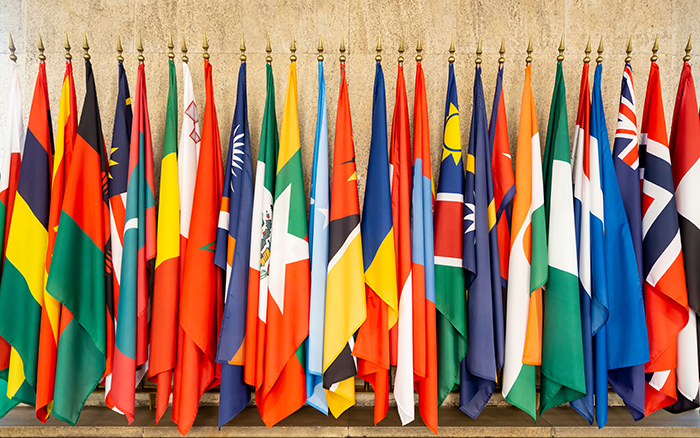
The Janssen Project has been included in the Digital Public Goods Alliance (DPG) Registry. The goal of the DPG Registry is to promote digital public goods and contribute to creating a more equitable world.
Multi Master Multi-Cluster LDAP (OpenDJ) replication in Kubernetes? A controversial view

OpenDJ is a Lightweight Directory Access Protocol (LDAP) compliant distributed directory written in Java. Many organizations use it as a persistence mechanism for their IAM systems.
Enhancing Secure Mobile Authentication with OAuth, Dynamic Client Registration, and DPoP

Discover the latest insights from Mike Schwartz on authentication protocols, including OAuth, Dynamic Client Registration, and DPoP, in this thought-provoking blog post.
The Ten Buts of Govstack’s Identity Building Block
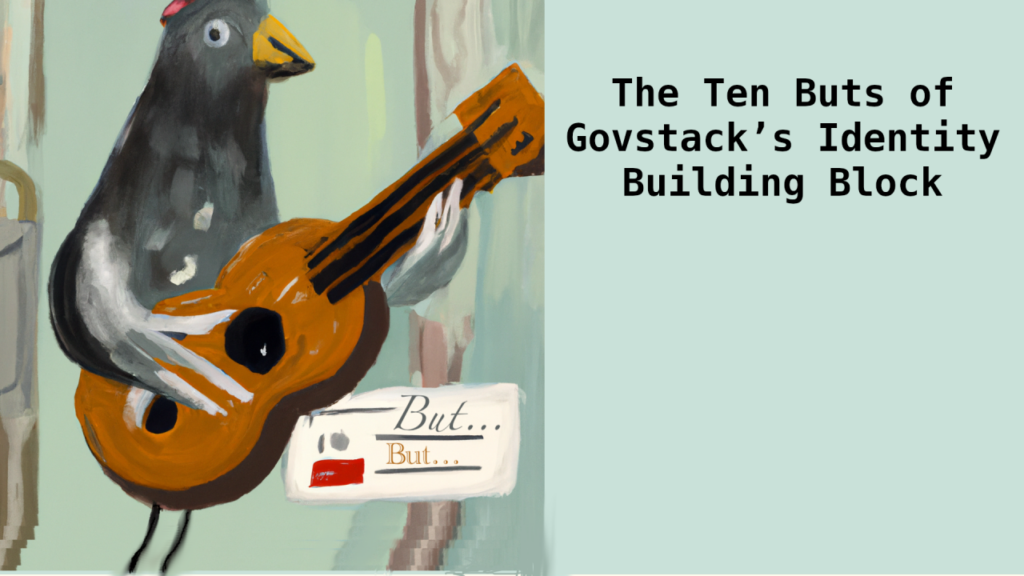
Each Govstack specification offers a blueprint of a digital service landscape. Assuming you think this is possible, among the various Govstack specs, the most important is the GovStack Identity Building Block specification– because most governments that participate in the 50-in-5initiative will start their digital public infrastructure projects with “identity”.
“Workload Identity”: It’s SPIFFY, but Central Policy Management?

SPIFFY Mutual TLS (mTLS) is a way to secure workload identity and communication in a distributed system using the SPIFFE and SPIRE standards. (see also: https://spiffe.io/) SPIFFE stands for Secure Production Identity Framework for Everyone, and SPIRE stands for SPIFFE Runtime Environment.
3 Ways Banks Secure their Open Banking APIs with Gluu

The Gluu Open Banking platform provides AISPs with the application security infrastructure to meet these new technologies and security requirements.
Strong Protection in the Era of Rising Threats
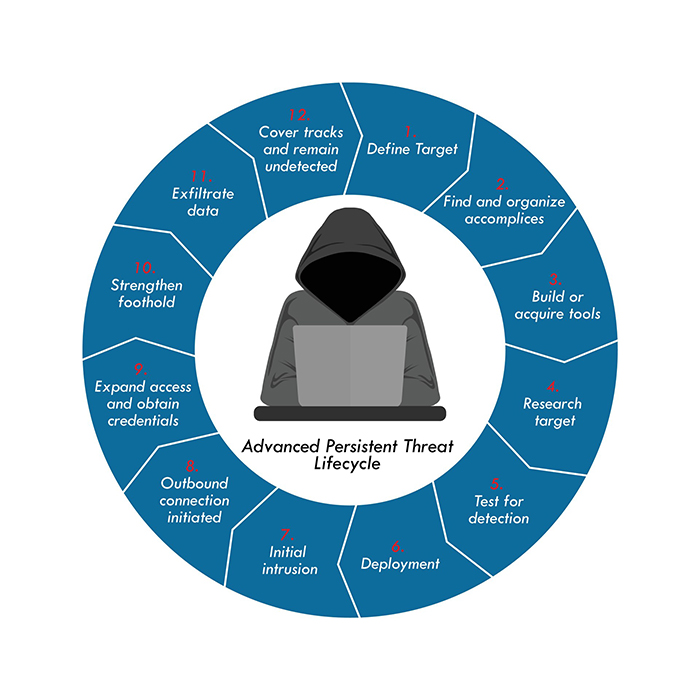
Legacy Perimeter Entry and Exit points and Security Measures Have been Replaced
Is SSI needed for Web3?
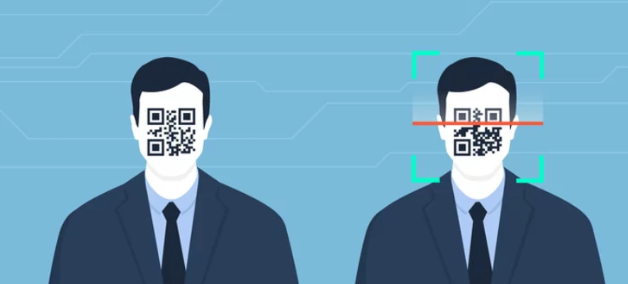
The following illustration is from an article published on Medium about efforts to develop a new European digital wallet. Interestingly, it makes a connection between wallets and Web 3 that I think deserves discussion.
Decentralized ID Part 3: Credential and DID Methods
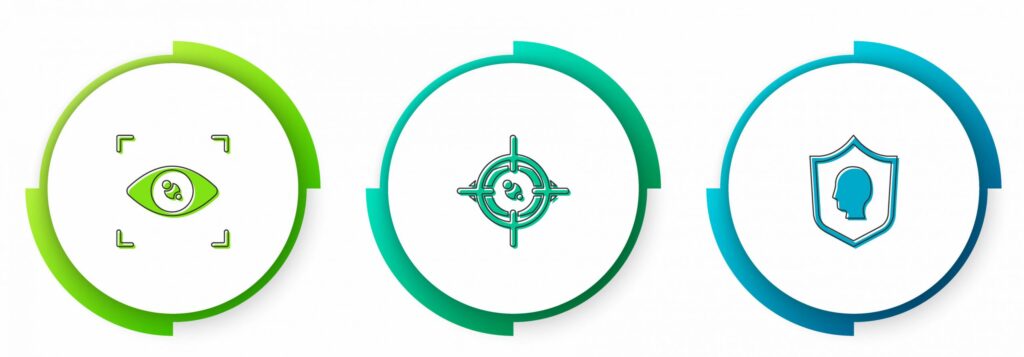
In this installment, we will discuss two more vectors of complexity: the diversity credentials and blockchain identity resolution.
Decentralized Identity: Part 2 — Walletopia
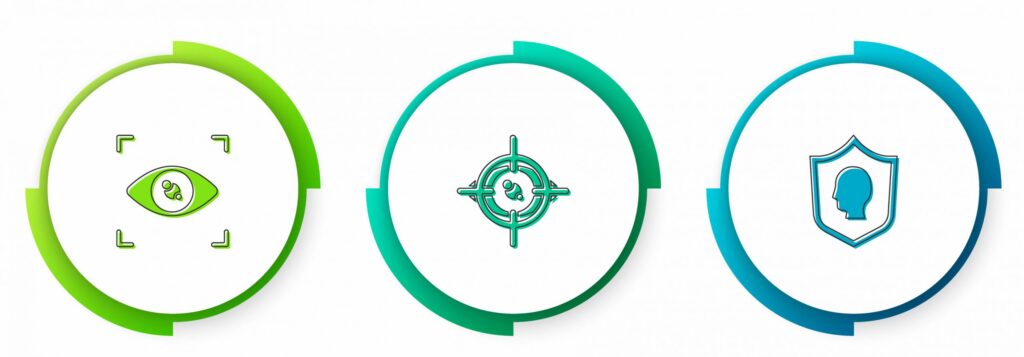
In this installment, we will discuss two more vectors of complexity: the diversity credentials and blockchain identity resolution.
